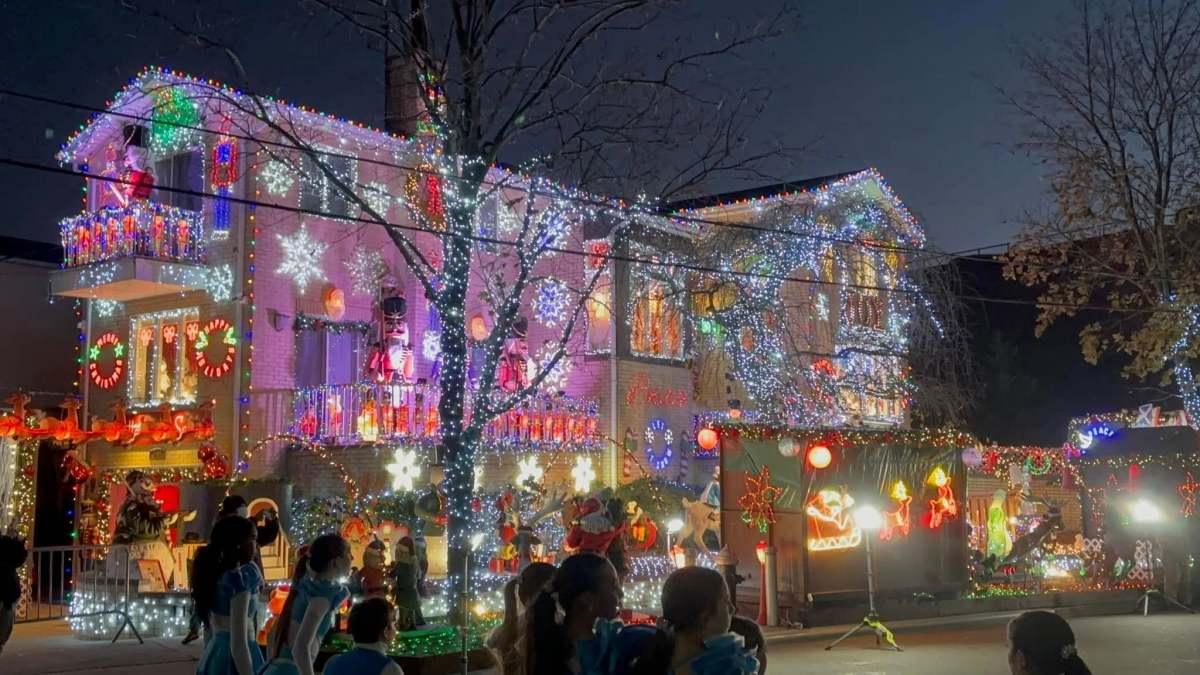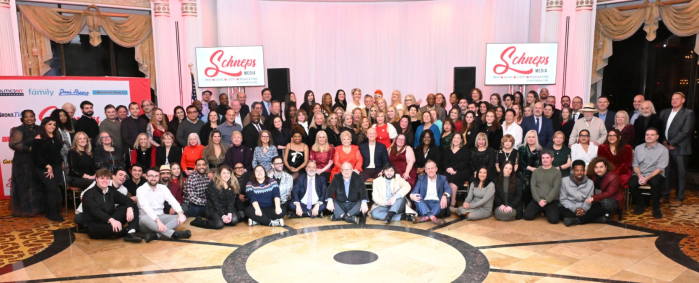When the Straphangers Campaign deemed the the No. 7 line the best in the transit system on Thursday, the social media group “7 Train Blues” was in disbelief.
“7 train voted #1 on Mars,” wrote Ty Sullivan, a 51-year-old Sunnyside resident, posting a picture of the train on the red planet.
The No. 7 line may have the most organized riders in the subway system — with a dedicated steering committee, “track meetings” near stations, and “7 Train Blues” social media accounts on Facebook and Twitter. Its Facebook group has about 1,300 members since launching in March.
Frustrated members have even been waiting on platforms and timing train service with stopwatches.
Sunnyside resident Melissa Orlando, 42, started the group when she began a website to document her commute, and voice concern over a plan to redevelop Sunnyside Yards that could bring up to 100,000 new residents to Queens.
“I was really concerned about the impact of population increase on transit and other infrastructure in Western Queens,” she said.
The No. 7 train’s express line is already at 100% capacity during rush hour, and 90% on the local line. Gov. Andrew Cuomo has also proposed an Air Train connection that would bring airport-bound passengers with luggage onto the route.
The MTA has been shutting down the No. 7 train on weekends to modernize its signal system with communication-based train control, which will allow it to run more trains in the long-term. However, the upgrade to the line’s signals, between 50 and 90 years old, won’t be done until 2017, and riders have been frustrated by the shutdowns.
“There was some weekends when it was shut down between Times Square and 74th Street,” said Hayes Peter Mauro, a Sunnyside member of the group. “If you lived anywhere in western Queens, you had to take a bus to get into the city if you didn’t have a car. It was insane. It was a really big deal.”
Riders have been using the Facebook group to quickly share information and pictures on everything from broken rails to overcrowding.
“If something happens on the train, people will post it in the group, people can change their route,” said Orlando. “There is a lot of real-time information on what’s happening on the trains. People just really need to have a place to their voice heard.”
Just Thursday, riders posted about not being able to board crowded subway cars until the third train arrived on the platform, signal problems at Queens Boulevard, and a broken rail that shut down service between Manhattan and Queens.
“I think the “7 Train Blues” is the one good thing to come out of the disaster that is the 7, ” said Queens councilman Jimmy Van Bramer. “People are organizing and creating a community.”
One member of the Facebook group wrote about his experience trying to take the LIRR following the broken rail after being told the railroad would cross-honor fares.
“At Times Square, I was told to go to Penn and take the LIRR,” he wrote. “I got on a train while, according to the conductor, the 7 train started running again. He expected me to pay, despite having a screenshot of the website saying they’d honor the transfer.”
Another user uploaded a gif of a man vomiting in the comments below the post about the line being named the best in the system.
Outside of social media posts, organizer Hayes Peter Mauro says the group is working on several projects to make transit better — such as starting a nonprofit called Access Queens, and meeting with community boards and local officials.
They would like to see participatory budget dollars go towards select bus service on Queens Boulevard and renovating the 52nd Street station on the No. 7. The Citizens Budget Committee says that the worst stop in the transit system.
The MTA says its next capital plan, which funds big projects like bringing the LIRR to Grand Central, will fix 124 components of No. 7 train subway stations. Components can range from station stairs to platform edges.
“This is on top of the more than $800 million we’re already investing to make Sandy-related repairs, install new track panels, and bring Communications-Based Train Control to the 7 line, which will enable us to provide additional service to meet increasing ridership demands,” said spokesman Kevin Ortiz.



































